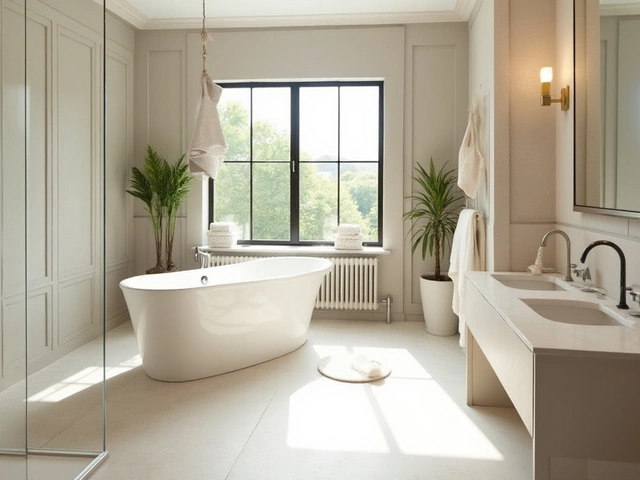Recliner Buying Guide: Find the Perfect Chair for Your Home
Thinking about adding a recliner to your living room, home office, or bedroom? You’re not alone. A good recliner can turn a simple seat into a personal lounge, help you unwind after a long day, and even give a little boost to your interior style. This guide walks you through the basics so you can pick a recliner that fits your body, budget, and décor without the guesswork.
Why a Recliner Might Be Right for You
First off, comfort is the main reason people buy recliners. The ability to tilt the backrest and extend the footrest means you can sit upright for reading or kick back completely for a movie. Many models also include lumbar support, padded headrests, and even USB ports for charging devices. If you have back or joint issues, a well‑made recliner can provide the proper alignment that a regular sofa often lacks.
Beyond comfort, recliners make a room look lived‑in. A sleek leather recliner adds a touch of luxury, while a fabric version can bring warmth and texture. Because recliners come in a range of sizes—from compact single‑seat chairs to larger two‑seat loungers—you can place them in tight corners, beside a bed, or as the centerpiece of a family room.
How to Choose the Best Recliner
1. Measure Your Space. Grab a tape measure and note the width, height, and depth of the area where you plan to put the recliner. Remember to include clearance for the chair to fully recline—usually another 3‑4 feet in front of the piece.
2. Pick a Mechanism. Electric recliners are a breeze: just press a button and you’re set. Manual lever models are cheaper and don’t need a power outlet, but they require a bit more effort. If you have kids or limited mobility, the electric option is often worth the extra cost.
3. Choose the Upholstery. Leather is durable, easy to wipe clean, and ages well, but it can be pricey and may feel cold in winter. Fabric offers more colors and patterns; look for stain‑resistant blends if you have pets or kids. Outdoor‑grade fabrics are a smart pick for high‑traffic areas.
4. Test the Comfort. Sit down and try the recline angle. Does the footrest reach comfortably? Is the backrest supportive? If you’re shopping online, check the specifications for seat height, reclining angle, and weight capacity. Reviews often mention how “soft” or “firm” the cushions feel, which can help you gauge comfort.
5. Set Your Budget. Recliners range from under £200 for basic manual models to over £1,500 for high‑end leather or brand‑name options. Decide what features matter most—electric operation, premium upholstery, built‑in storage—and allocate your budget accordingly.
Once you’ve narrowed down the style, mechanism, and material, it’s time to compare a few top picks. Look for warranties that cover the frame, mechanism, and upholstery for at least three years. A solid warranty can save you headaches down the line.
Finally, think about care. Leather needs occasional conditioning, while fabric recliners benefit from a gentle vacuum and spot cleaning. Keeping your recliner in good shape will extend its life and keep it looking fresh for years.
Adding a recliner doesn’t have to be a gamble. By measuring your space, deciding on a mechanism, picking the right upholstery, testing comfort, and setting a realistic budget, you’ll end up with a chair that fits your lifestyle perfectly. Ready to make your evenings more relaxing? Start browsing the options that match these tips, and you’ll soon be kicking back in comfort.

How Do I Get a Recliner From Medicare? Cushions, Coverage, and What Actually Works
Trying to get a recliner covered by Medicare can be confusing, especially if you need one for medical reasons. This article explains how the Medicare process works, what's actually covered, and how cushions and lift chairs fit into the rules. You'll find advice on doctor's notes, suppliers, and little-known tips for getting approved. If you're looking for an easier way to rest and recover, here's a real-world guide to navigating the red tape.
Categories
- Storage (27)
- Bathroom (18)
- Sofas (15)
- Curtains (15)
- Home Decor (12)
- Bedding (11)
- Kitchenware (11)
- Cushions (11)
- Mirrors (10)
- Rugs (9)
Popular Articles



